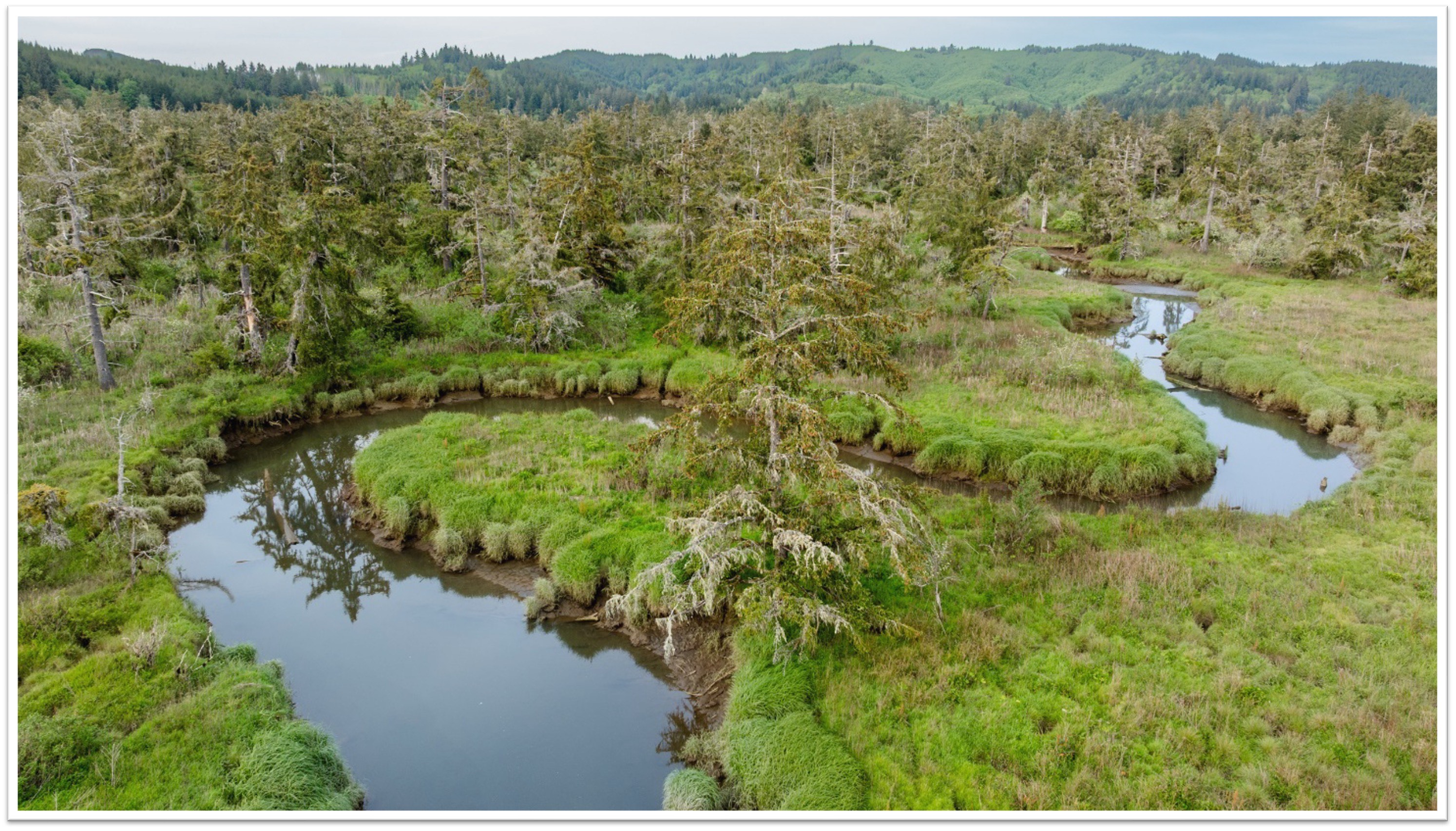Editorial: Time for our own TIMO?
Published 5:00 pm Monday, August 24, 2009
Imagine 18 million acres of new forests sprouting in America by 2020, soaking up atmospheric carbon and making the land greener than it has been in many generations. Now, imagine how our existing lush forests may play a pivotal part in this national initiative.
At least the first part of this scenario is already on the political drafting table. An analysis by the Environmental Protection Agency of the climate bill passed by the U.S. House in June shows it will require planting this acreage of new trees – an area the size of about 30 Pacific counties.
This isn’t as improbable as it might first seem. Between 1933 and 1942, the Civilian Conservation Corps planted 3 billion trees, though this new plan will require even more.
Much of this planting is targeted for farm states of the Corn Belt, Great Lakes and the Southeast. Farmers and ranchers would receive financial incentives to plant trees, a policy revolution that has sparked concern about impacts on food prices. Another big part of the new financial equation of forestland ownership is a new market in carbon credits. Forest owners could in effect lease their trees to electricity producers, who would in turn be allowed to offset the carbon they send up the smokestack with carbon tied up in forests.
We live in the midst of one of the world’s most productive tree-growing environments, a place blessed with a climate and soils super-conducive to creating vast stands of trees so giant that our ancestors found them positively intimidating.
And now, with Weyerhaeuser’s historic retreat from vertically integrated forestry, some of these premium forests are on the trading block. Those in Clatsop County were sold two weeks ago to a timber investment management organization or TIMO. Another TIMO bought 15,000 acres in Pacific County in June, with an additional 82,000 acres still up for grabs.
Unlike Weyerhaeuser and other explicitly forest-oriented companies, TIMOs and related real estate investment trusts or REITs don’t have mills to feed or big crews of forest workers to keep gainfully employed. TIMOs and REITs are in the business of generating maximum long-term gains for investors and minimizing tax exposure. They’ll do what it takes to achieve these financial goals. The wellbeing of neighboring communities isn’t a major consideration. The land is just a trading card. Public access isn’t guaranteed. Key management decisions are made far away.
Now, this doesn’t mean TIMOs and REITs are all bad. They have solid financial incentives to maintain the overall health of their forest assets. They are professionally managed and are unlikely to engage in abusive practices that might upset the political boat.
But if we want to avoid being an economic colony of the East, anonymous pawns on corporate balance sheets, Pacific Northwest communities will begin seeking out every opportunity to assume direct control of our forests. It is by no means out of the question that we could form our own TIMOs with state and federal help. Local boards could then make management decisions on behalf of our own children and grandchildren, logging and conserving as we collectively decide is appropriate.
Weyco’s retreat can be turned into our opportunity. The new federal interest in nurturing forests to stabilize the climate gives us a perfect opening. If we play our cards right, the forests that Frederick Weyerhaeuser bought for a song can be taught to play new tunes that we write ourselves.






